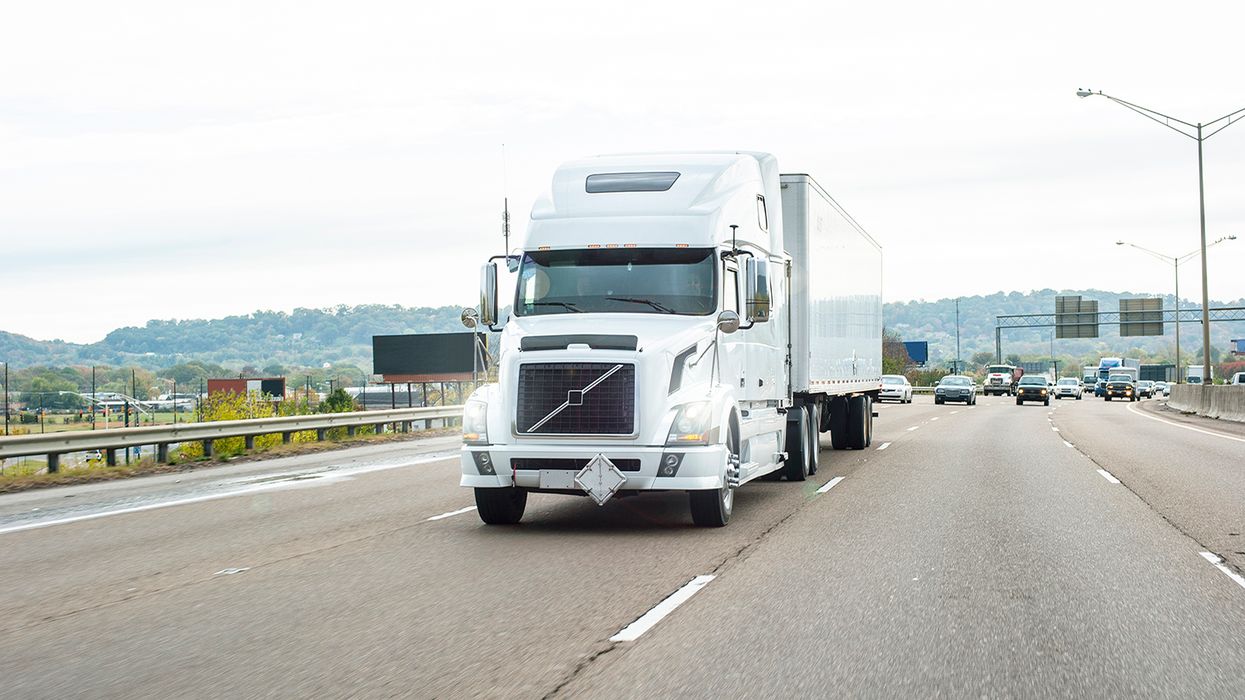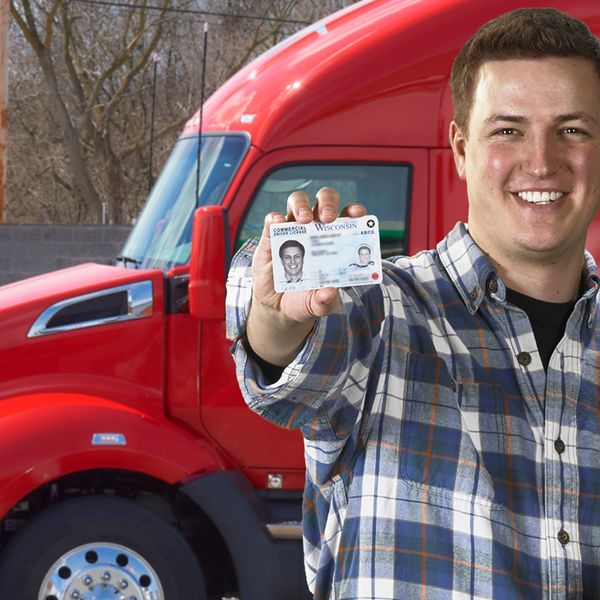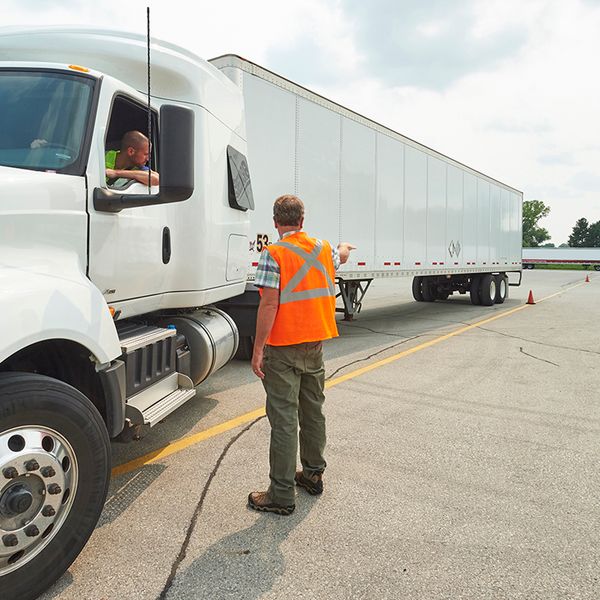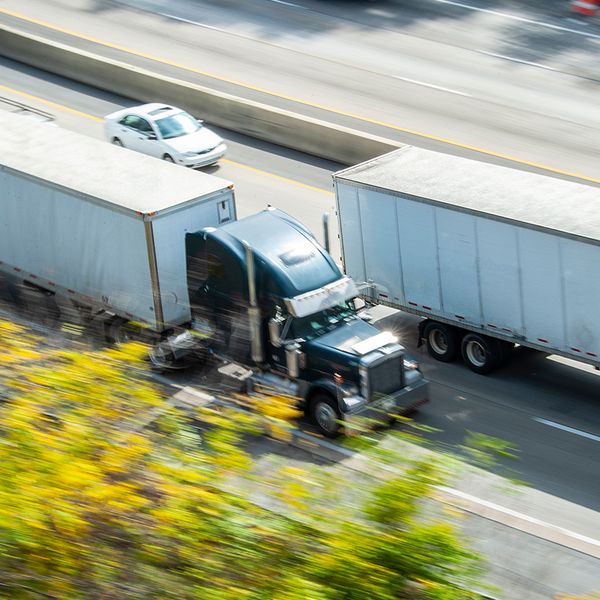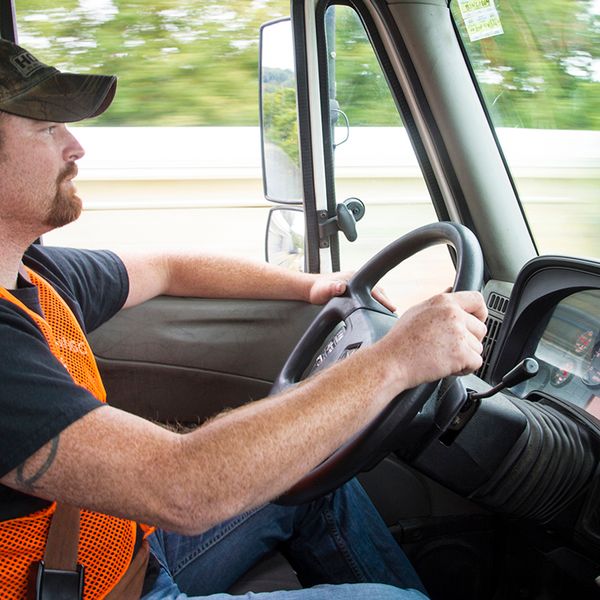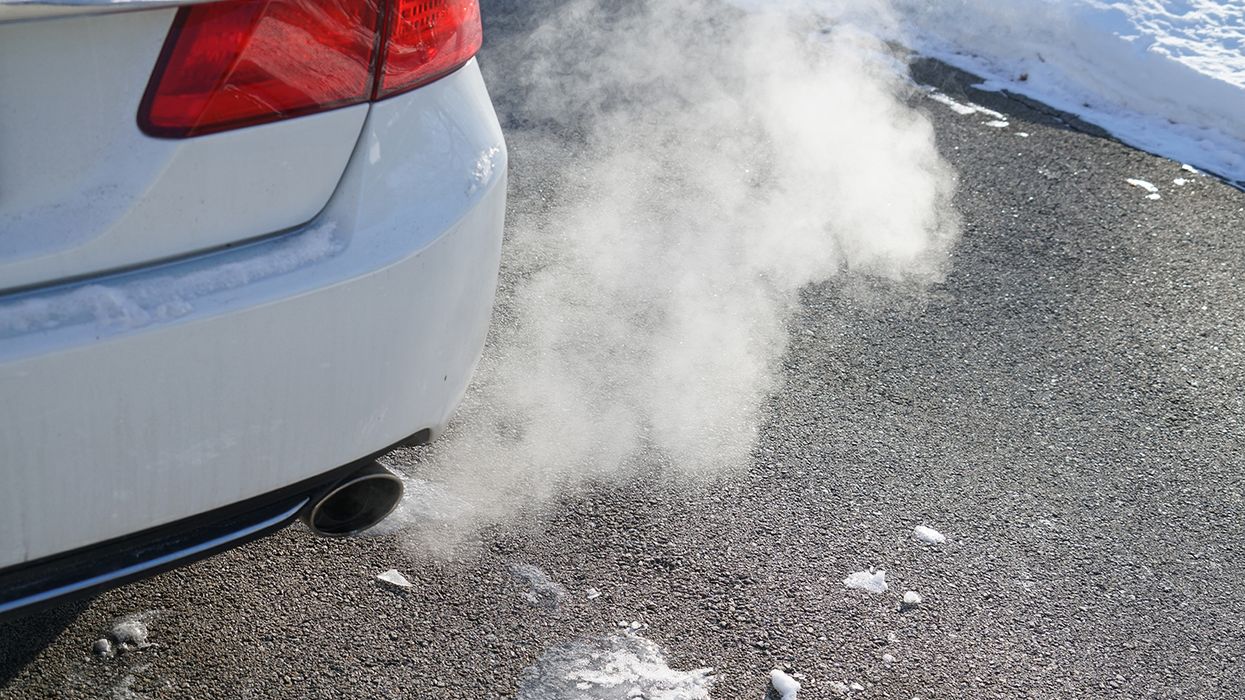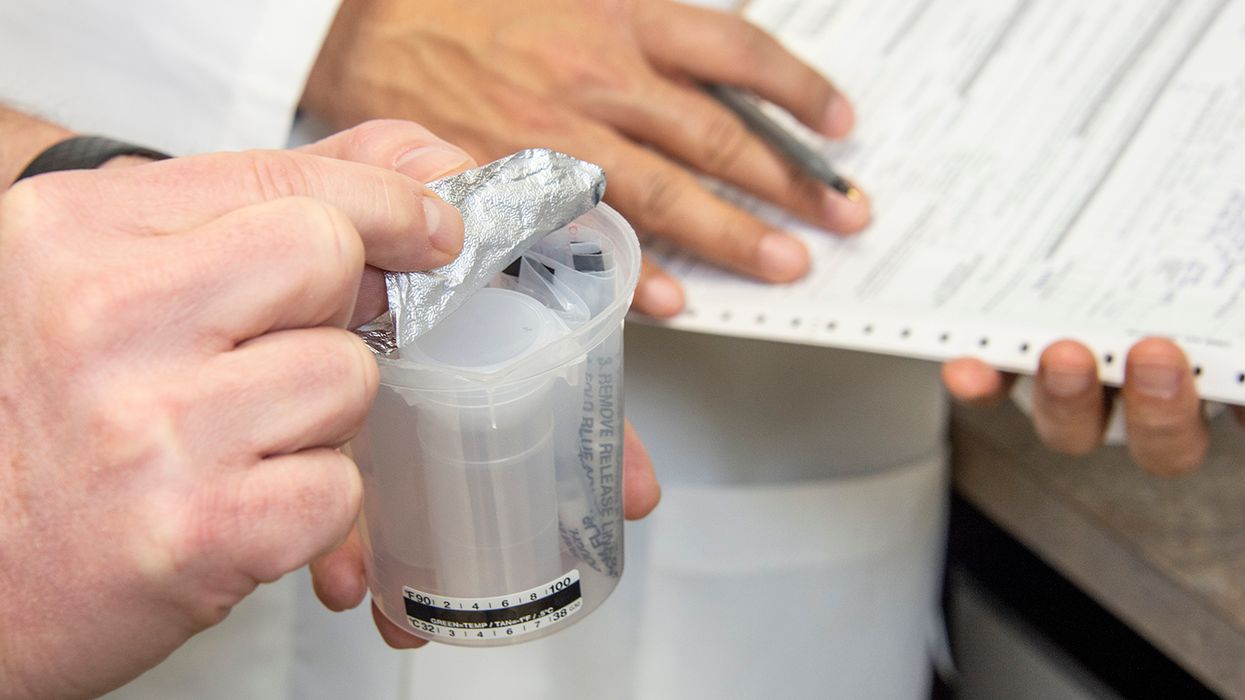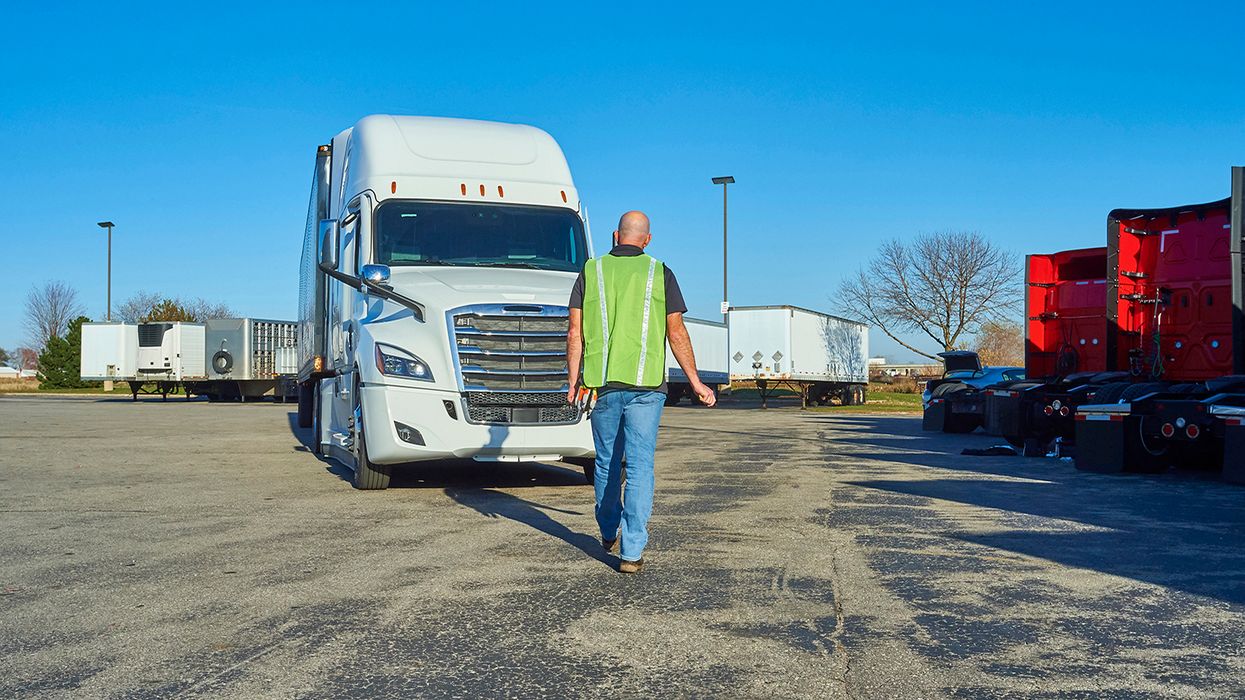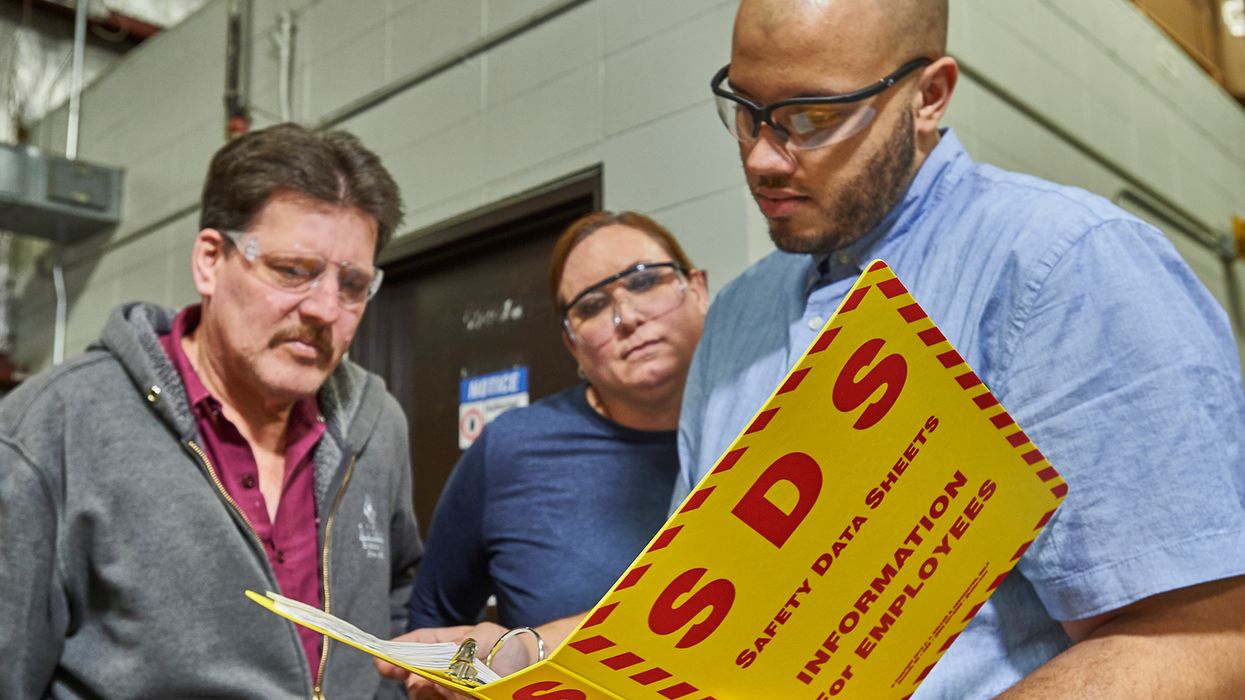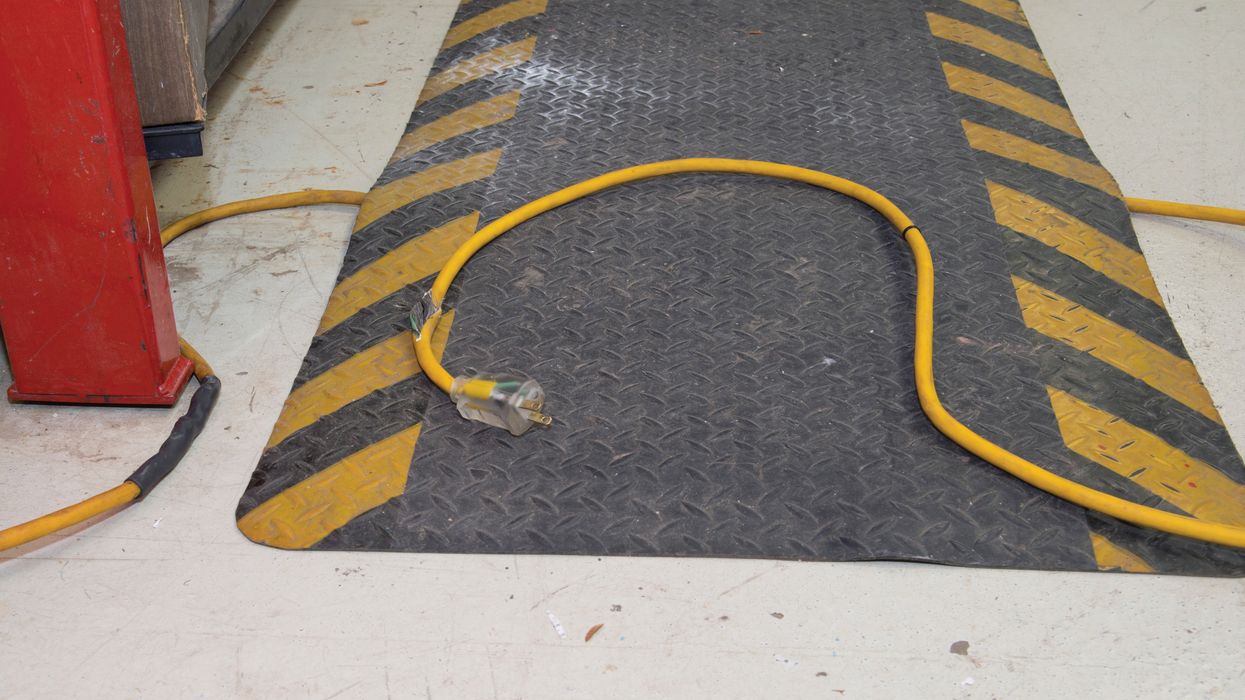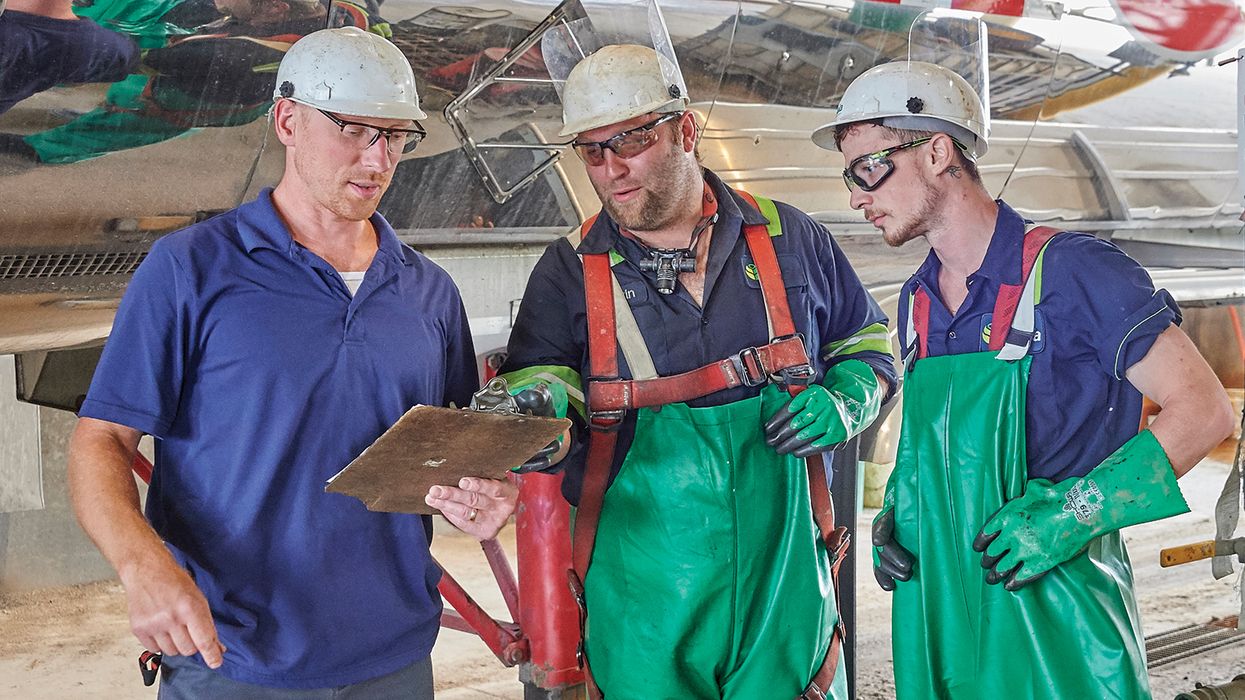Your CDL questions: Seeking clarity on the requirements
Though the commercial driver’s license (CDL) requirements have been around for decades, they continue to be a hot topic for both motor carriers and drivers. Let’s take a look at some of the CDL-related questions we recently received.
Question: If someone already has their CDL and wants to add a hazmat endorsement, are they required to complete entry-level driver training (ELDT)?
Answer: To add a hazmat endorsement to a CDL, the driver must complete hazmat endorsement ELDT, as prescribed in Appendix E to Part 380.
This endorsement-specific course of theory instruction must be conducted by a school or entity listed on the Federal Motor Carrier Safety Administration’s (FMCSA's) Training Provider Registry (TPR).
In addition to the ELDT requirement, the driver must complete a security threat assessment, conducted by the Transportation Security Administration (TSA) to obtain the hazmat endorsement.
Question: If a driver moves from one state to another (for example from California to Arizona), does the driver have to transfer the CDL to the new state of residence? If so, how long does the driver have to make the change?
Answer: Section 383.23 of the Federal Motor Carrier Safety Regulations (FMCSRs) states that a driver's CDL must be issued by the driver’s state or jurisdiction of domicile.
State of domicile is defined in 383.5 as the: "State where a person has his/her true, fixed, and permanent home and principal residence and to which he/she has the intention of returning whenever he/she is absent."
Once the individual's "state of domicile" has been established, that is the state from which the driver's license must be issued.
Section 383.71 requires that the transfer take place within 30 days of moving. Note that some states have shorter time frames for transferring a CDL.
Question: If a driver is cited for a moving violation in either a company or personal vehicle, is the driver required to notify the company?
Answer: Section 383.31(b) of the FMCSRs requires a CDL holder to notify the employer within 30 days after the driver has been convicted of a traffic violation.
Note that many motor carriers have policies that include all drivers (CDL and non-CDL) and require a shorter notification time frame than in the regulations.
Question: I have a driver who is 18-years old. He has a Class A CDL with an intrastate-only restriction (K restriction). I understand that he can't drive a vehicle that requires the driver to possess a CDL across state lines, but can he drive a vehicle that doesn’t require a CDL (between 10,001 pounds and 26,000 pounds) across state lines?
Answer: No, he cannot drive a non-CDL commercial motor vehicle (CMV) across state lines. An interstate (crossing state lines, furthering interstate commerce) driver of a CMV, as defined in 390.5, must be at least 21-years old.
The definition of a commercial motor vehicle in 390.5 includes a vehicle or combination of vehicles that weighs or is rated at 10,001 pounds or more. The definition also includes a vehicle of any size transporting placardable hazmat and certain types of passenger-carrying vehicles.
Key to remember: Compliance with the CDL requirements can be complicated. In addition to all the resources you can find in Compliance Network to assist with your questions, you can reach out to our compliance experts using Expert Help. Our team of experts is always happy to assist.

